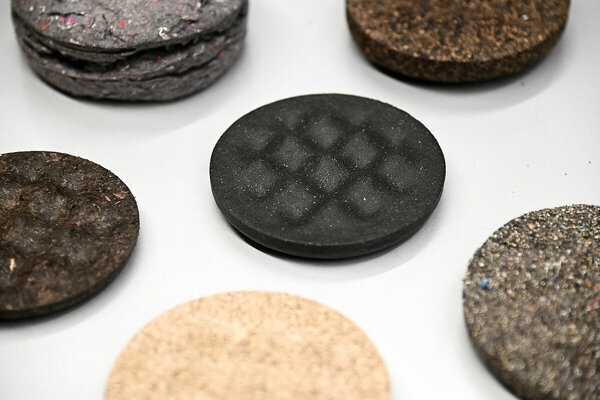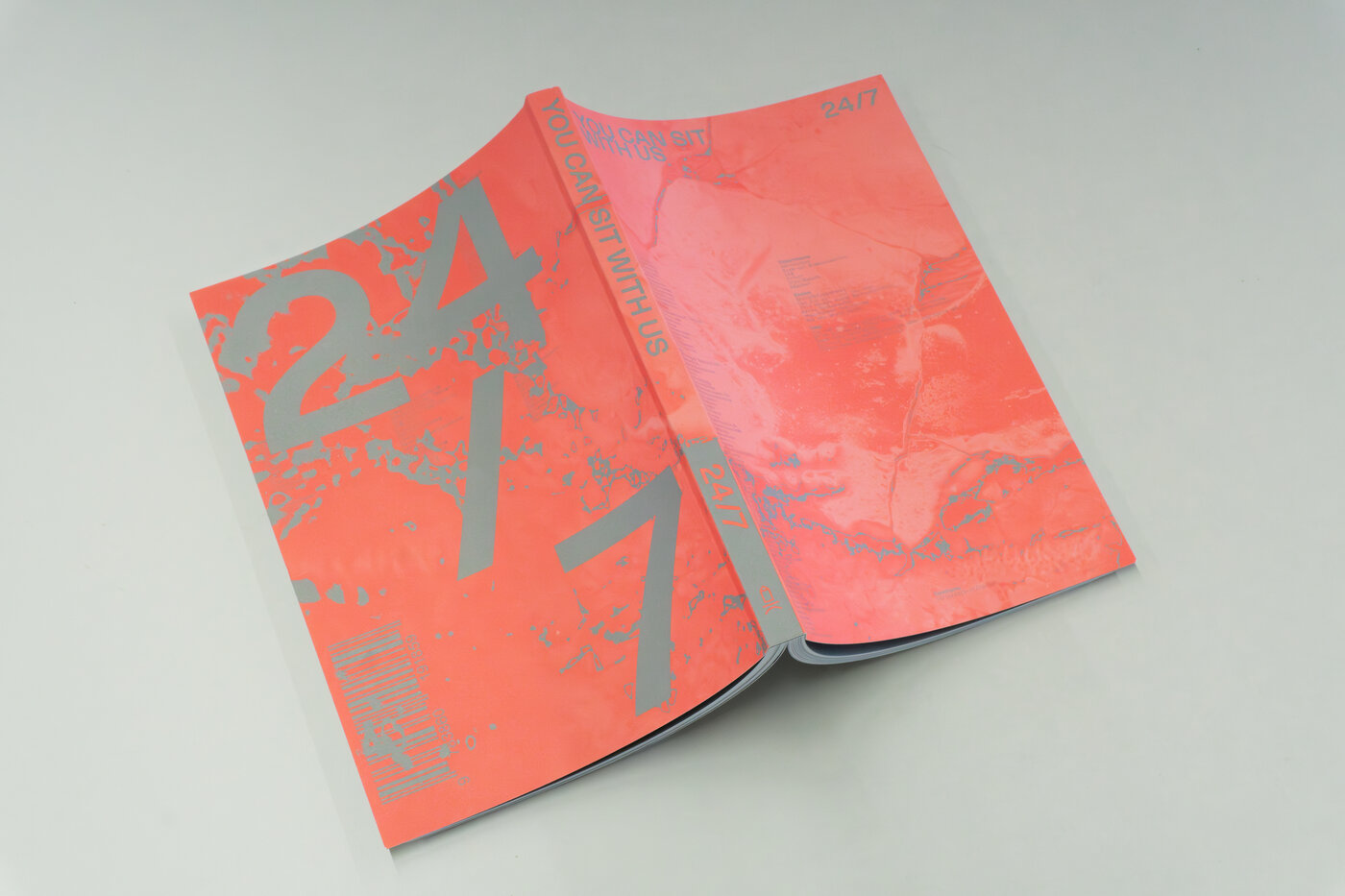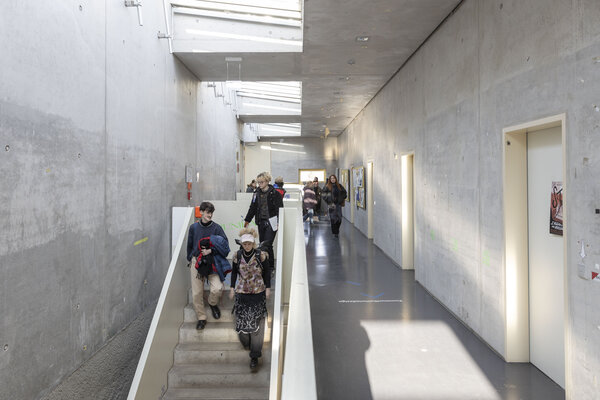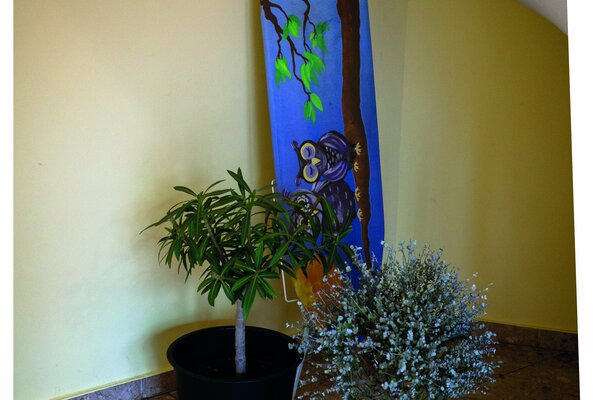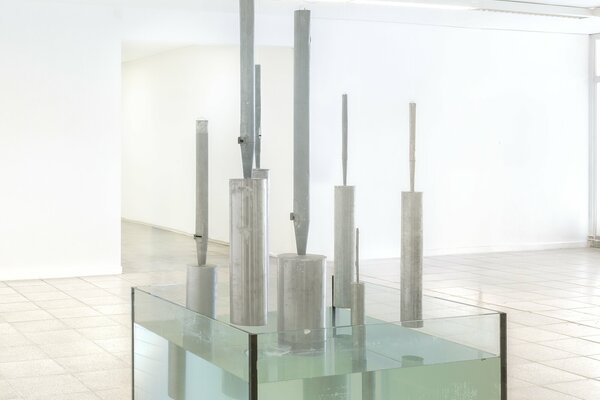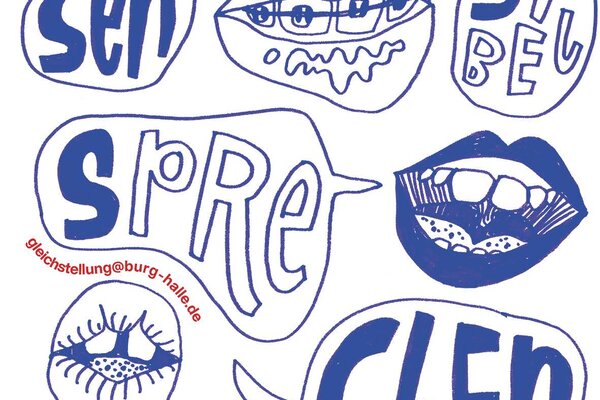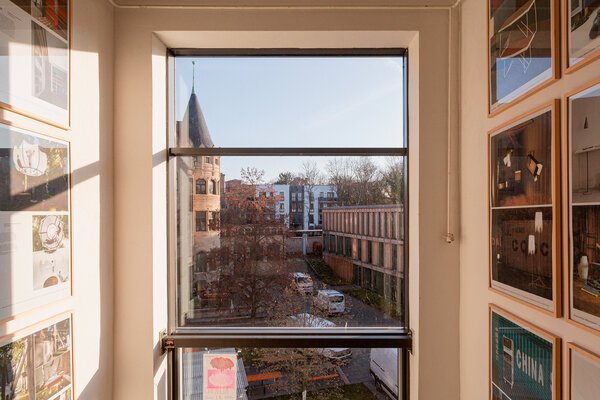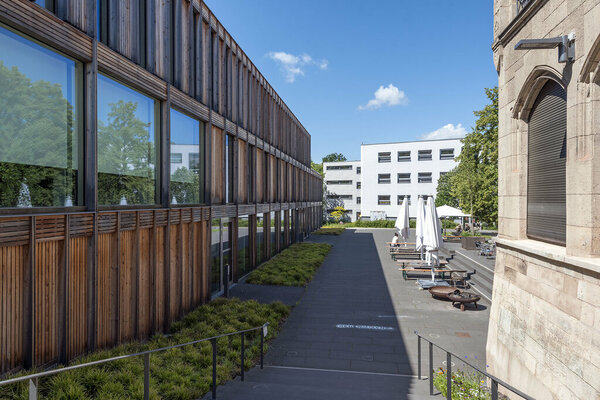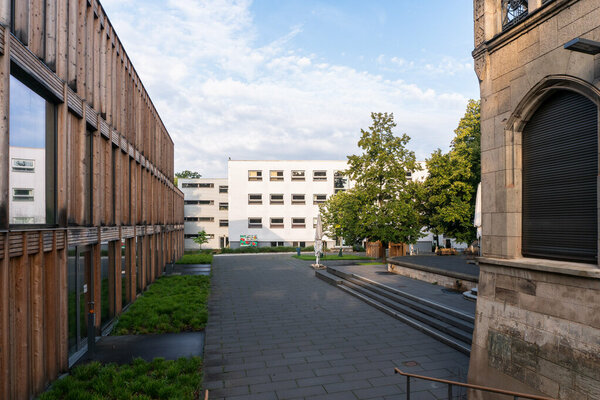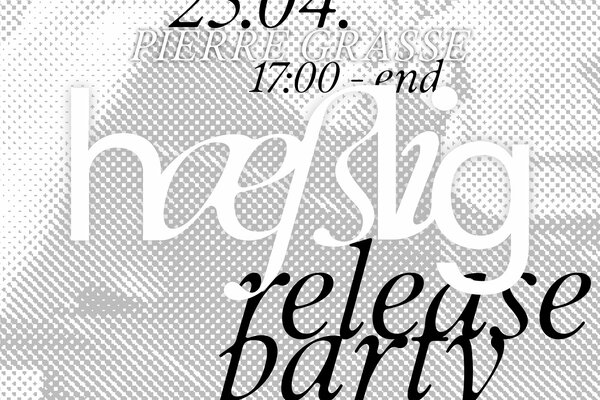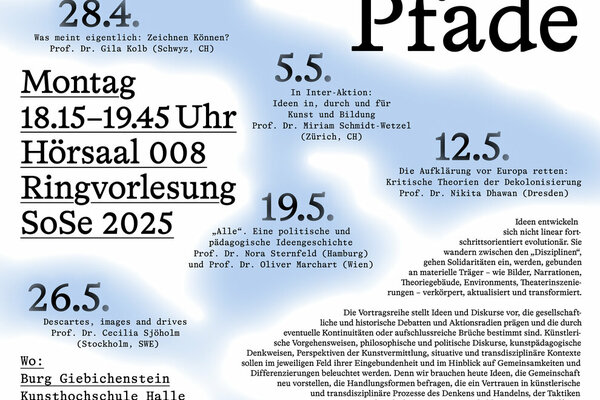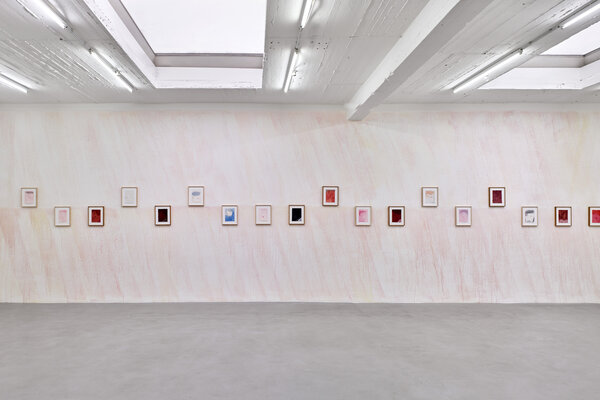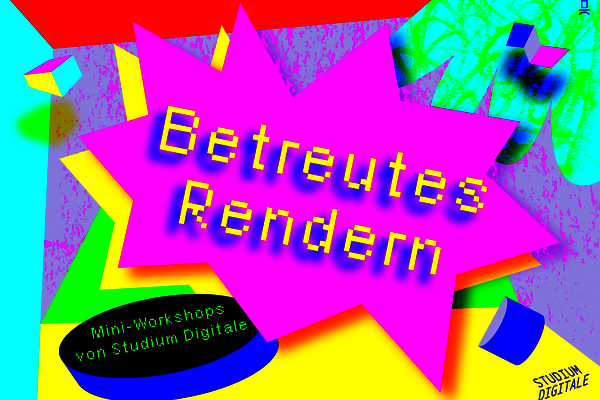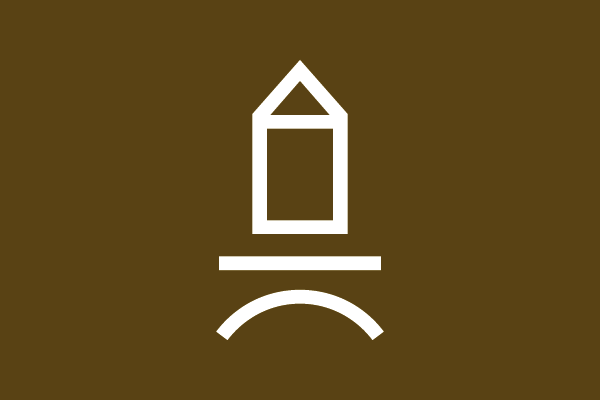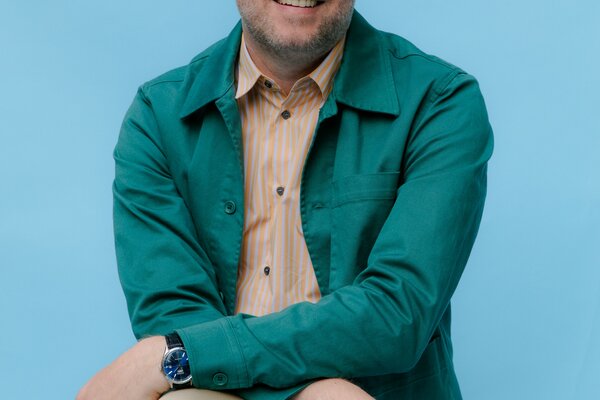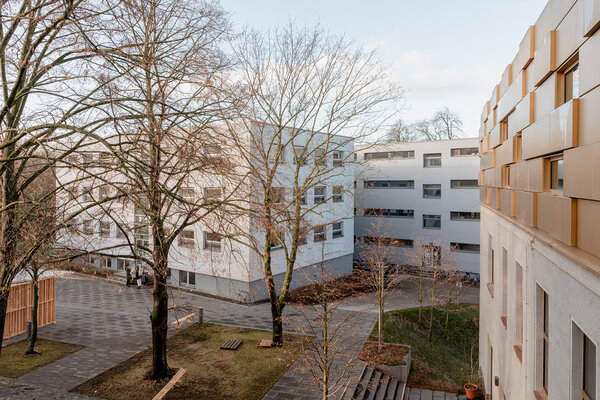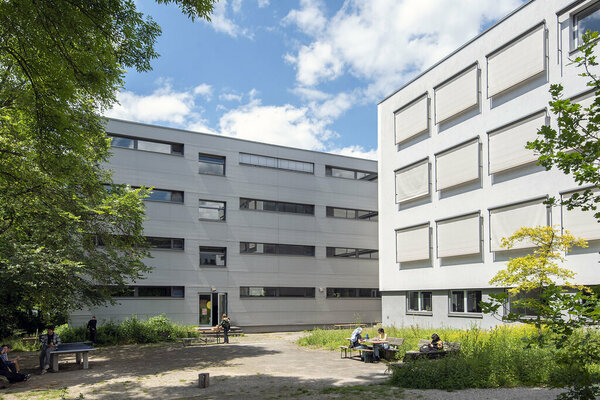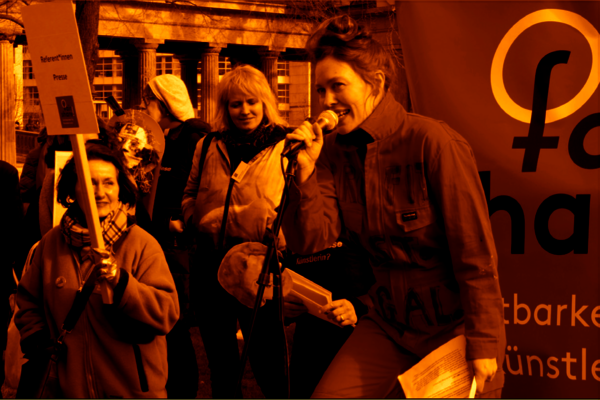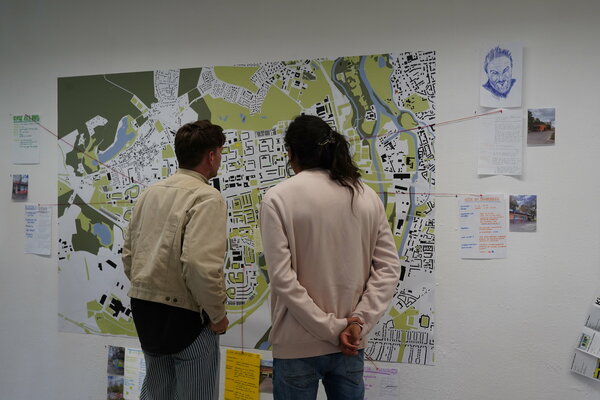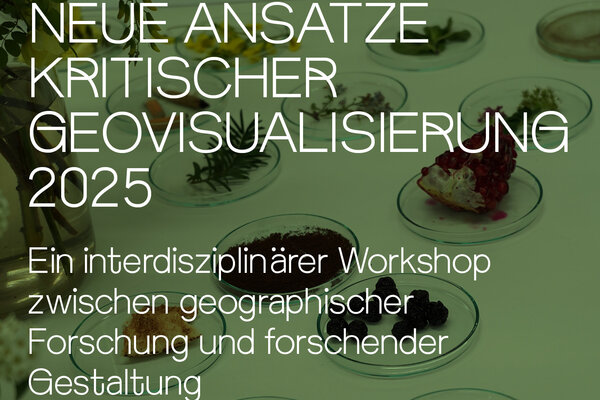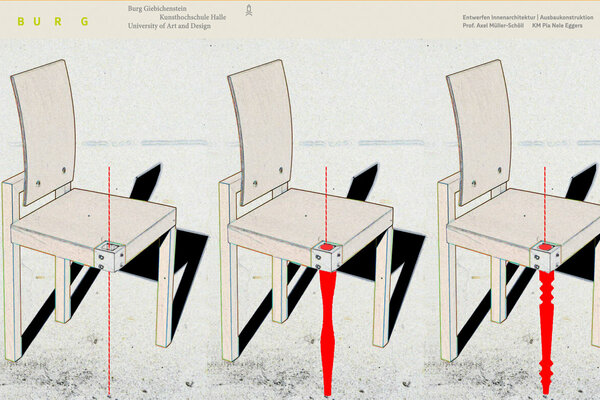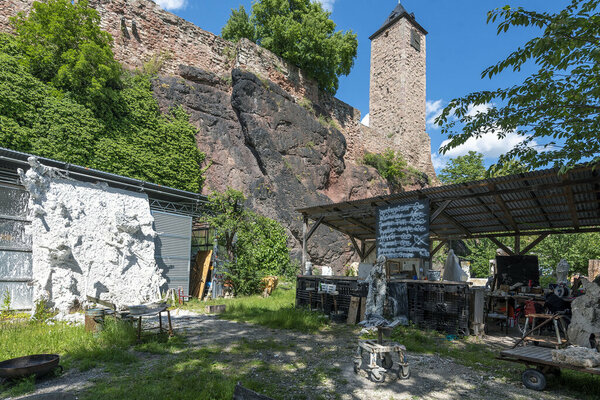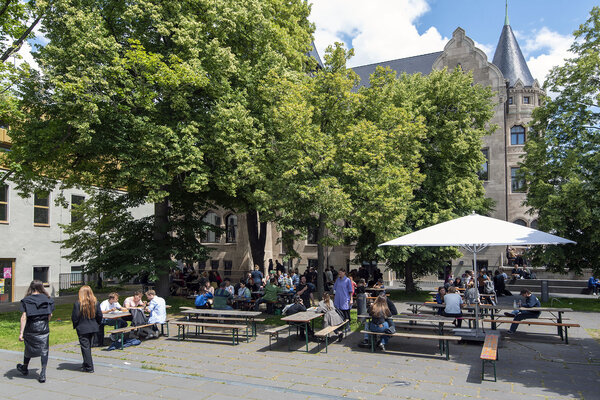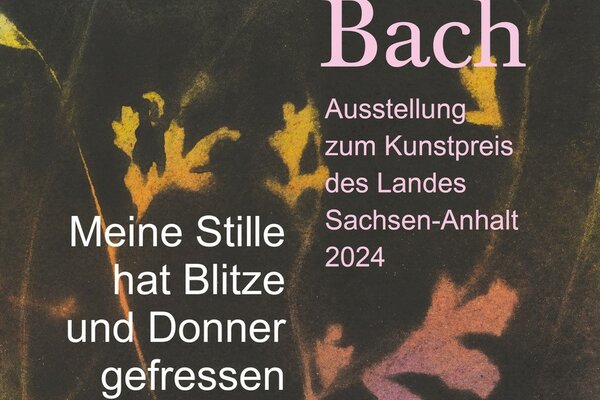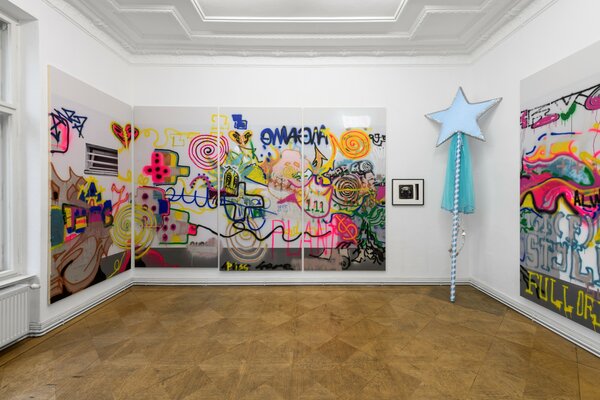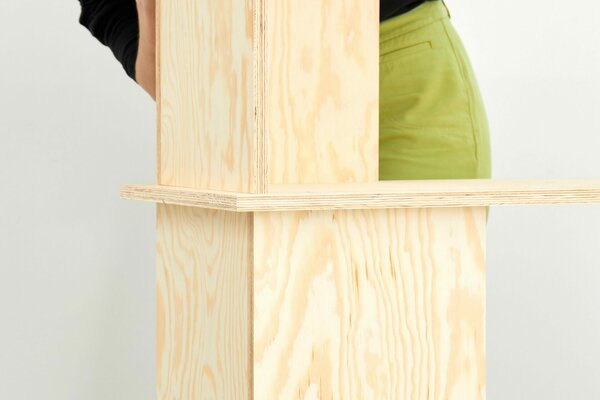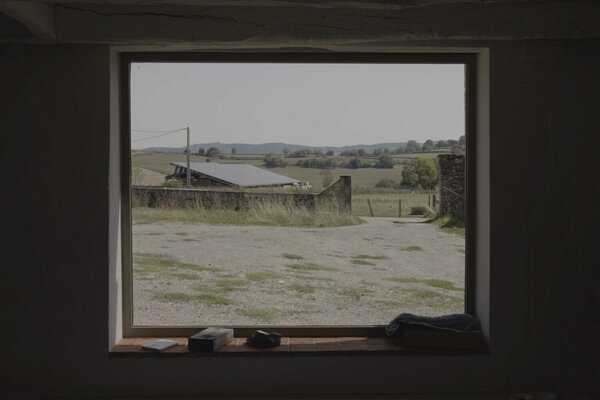Editorial board (E): What inspired you to organise a student project that focussed on collaboration?
Evelyn Sitter (ES): I don’t believe on training everyone to become “author-designers” and creative directors. We must qualify designers to work together with diverse voices and needs and to handle their own resources and those of others responsibly, and give them the opportunity to learn to share early on. I want to give them the space to find their own focus and build their own structures during their studies such that they are as well prepared to enter a constantly changing and demanding profession as possible.
(E) Please tell us more about the project!
(ES): The students and teachers in the Fashion Design study programme and the Communication Design study programme worked together on the project for six months. The collective You Can Sit With Us quickly emerged with the aims of questioning the existing structures in the fashion world and finding a contemporary, more caring approach to work. They looked for new ways to combine the examination of working conditions and processes with the creative development of a project.
Experimentation was key: the participants worked with alternative forms of work and communication, and had to find a way of dealing with each other that did not focus on individual works and continuously creating from within themselves. Inside the task force, the students created “departments” entitled Aktivismus, Form und Kommunikation, Print*, LAB, Tier/Mensch, Wäsche+ (Activism, Form and communication, Print*, LAB, Animal/human, and Underwear+). Alongside the project work, the group talked about current issues in design and internally, met with activists and designers from the international fashion industry. At the end, they created a collection and a book.
(E) What is the difference in approach between this project and the other course offerings in Fashion Design?
(ES): Traditionally and in national and international comparison, students develop their collections alone. In this project, the students created one collection together. In the different departments comprising up to three persons, they developed garments that were styled to create one large collection at the end. The students were able to develop specialised knowledge in one product group that they could in turn pass on to the project group. The group determined the rules of the collective identity and collective actors. Further, they had to discuss and codify the conditions of the creative direction, intellectual property, and participation. In parallel, weekly group discussions were held to give everyone an overview of the various developments and reflect on the new workflows.
(E): The results of the project were published in book form – how did that come about?
(ES): In this project, reflecting on and evaluating the new way of working in parallel played an important role. By focussing on these aspects and capturing them in writing, they occupied space within the project and acquired value. We also devoted our time to the issue of workload. “24/7” unfortunately begins early at universities and is still considered normal in the working world. The publication project was founded on the self-initiated collaboration between students in Fashion Design and Communication Design. It is meant to highlight the successes, difficulties, and challenges inherent in these new processes. The students tell about their processes in the book and openly speak about themes and phenomena like Erschöpfungsstolz (pride in being exhausted), Erholungspanik (panic triggered by recovery), ego, and empathy. In the book, the self-images and manifestos of the departments are presented in text and images. Conversations with international guests shine the spotlight on current challenges and issues. In sum, the book unites glimpses behind a variety of scenes in the fashion world and the working world.
(E): Which of your experiences with the project will you incorporate in your future teaching activity?
(ES): Based on the overall experience, I will venture into new teaching formats with more confidence. I am very grateful to the group for their commitment and reflections in both personal talks and the publication. The search for collegial, collaborative, and collective learning is a basic element of my teaching. I prefer to conduct this creative research together with the students. All of us learned a lot about working as a group: how much support and strength sharing can provide; different ways of dealing with our ego, which would often rather do things alone; and how group processes can be made more difficult or easier. And the enormous amount of energy we can generate once everyone gets going: the students have entered into additional partnerships, established guest talks, and written several essays.
(E):What was the feedback from the students who worked with you on the project?
(ES): It was a very challenging project, but it encouraged everyone to break new ground. The students managed to discuss their questions on several levels, work in parallel in several teams and find answers. The exchange between fashion design and communication design is so valuable, we were all so grateful for the professionalism that the photography and communication design students brought to the project. And the end was also very exciting for me: the students asked that we teachers now also become part of the collective, as we produced the publication together.
(E): Do the experiences and findings from the project present you with further new challenges?
(ES): Of course, it takes more time to break new ground and establish different structures. When the collection is created collectively, new questions arise: How do you present these processes in the portfolio? Who actually ‘owns’ what? How do you present the failure of a project or group work? We now have to establish a new approach here. During the project, I invited several guests from the international fashion industry to respond to the students' questions. This helped during the process, but the same exchange is now needed after the project has been completed.
(E): What comes next? Is the project the starting point for more?
(ES): The project has received a lot of positive feedback from the students, so I will definitely continue this format. The publication will be our anchor, the students' reflections on the new ways of working will give new students support, and every further collective project will add new perspectives to the format. Many new alliances have been found among the students; photography students work together with fashion as a matter of course.
Thank you for the interview!
